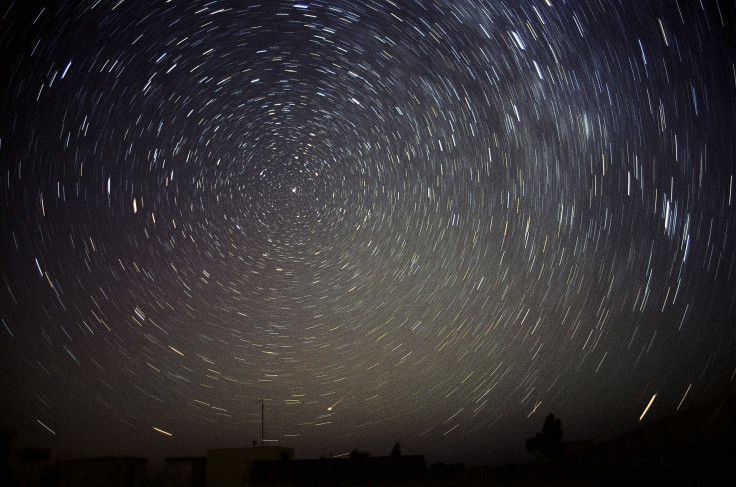Huge Meteor Lights Up Night Sky Across US, Canada; Another Spotted In Norway

KEY POINTS
- Astronomers at an Arizona observatory first detected 2022 WJ1 on Saturday
- The object, believed to be either a near-Earth asteroid or meteoroid, crashed in Canada
- Authorities in both the U.S. and Canada received reports regarding the object
An object spotted soaring across North America over the weekend struck the Earth moments after it was discovered, according to reports.
Astronomer David Rankin at the Mount Lemmon Observatory in Arizona spotted the fireball, designated as 2022 WJ1, around three hours before it crashed in Brantford, Canada, according to the Minor Planet Center.
"There is a chance if there are meteorites that survived that they might be recoverable near Grimsby, Ontario, or St. Catharines, Ontario, near the Niagara Falls area," Mike Hankey, the operations manager for the American Meteor Society (AMS), said.
2022 WJ1, initially designated as C8FF042, is believed to be either a near-Earth asteroid or meteoroid and a meter in diameter.
It is the sixth object in history to be detected in space before striking Earth, the European Space Agency said.
~1-m space object - temporary designation #C8FF042 - strikes Earth over Canada, creating stunning #fireball☄️
— ESA Operations (@esaoperations) November 19, 2022
For only the 6th time in history, this impact was predicted.
Find out more about predicting #asteroid impacts from the last time this happened 👉https://t.co/zwPKXeUEUl https://t.co/XbDqtiDuom pic.twitter.com/5yHGWibSki
People across Canada captured footage of 2022 WJ1 as it streaked through the sky.
Meanwhile, the AMS received dozens of reports of a fireball from people in Maryland, New York, Ohio and Pennsylvania, The New York Times reported.
"When these things happen, the astronomy community wants to know where the impact took place and, if meteorites survived, they want to recover them as soon as possible," Hankey said.
Heard a big explosion last night and found this on our camera this morning! #meteor pic.twitter.com/ILtIQWSbp8
— Sarah Gorsline (@SarahGorsline) November 19, 2022
A bright object was also spotted over the skies of Norway Saturday before it was believed to have burnt up.
The object, classified as a bolide, or a large meteor that explodes in the atmosphere, was visible from large parts of the country's south when it lit up the sky just after 7 p.m. that day, Norwegian outlet The Local reported.
"It was very powerful, and burned up completely in the atmosphere," Morten Bilet, the founder of the Norsk meteornettverk (Norwegian Meteor Network), said.
A flash reportedly shimmered in multiple colors across the sky as the meteor burnt up, sparking a string of calls to police.
"It suddenly became bright, so I thought, at first, it was a car driving on high beam. But then I looked up at the sky, and there was a massive light that shot across the sky with a long, blue tail behind it," an eyewitness said.
"Suddenly, the ground lit up with green light, and I was a little scared. I thought, what is going on? I turned and saw a huge green pillar of light to the west, and there was no shooting star. It was wild. I have never seen anything like it and probably won't see it again," another claimed.
Many people associated the meteor with the ongoing Leonids meteor shower, but it actually belongs to the northern Taurids, according to Norsk meteornettverk.
"The Taurids do not produce as many meteors as the Leonids, but the Taurids occasionally produce very powerful meteors, like this one," the organization explained.

© Copyright IBTimes 2025. All rights reserved.





















